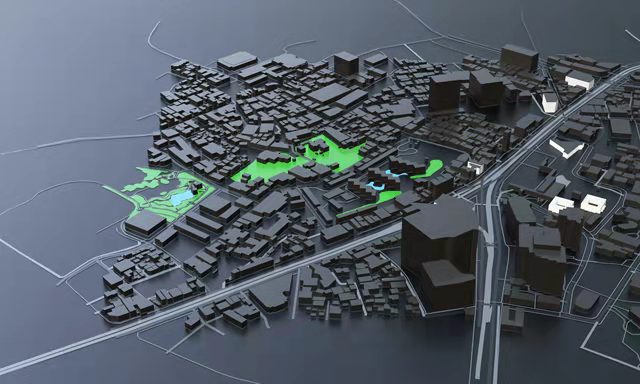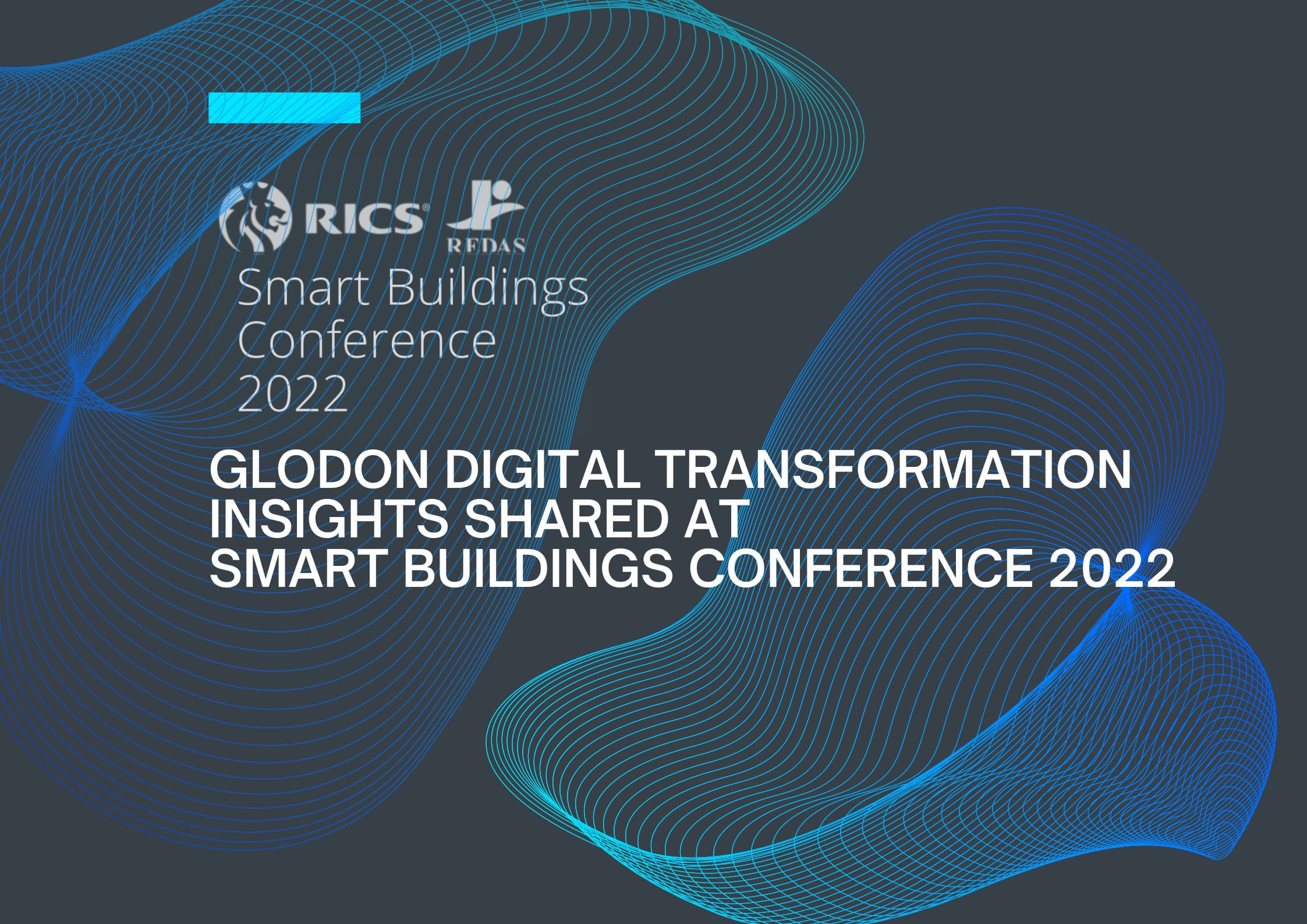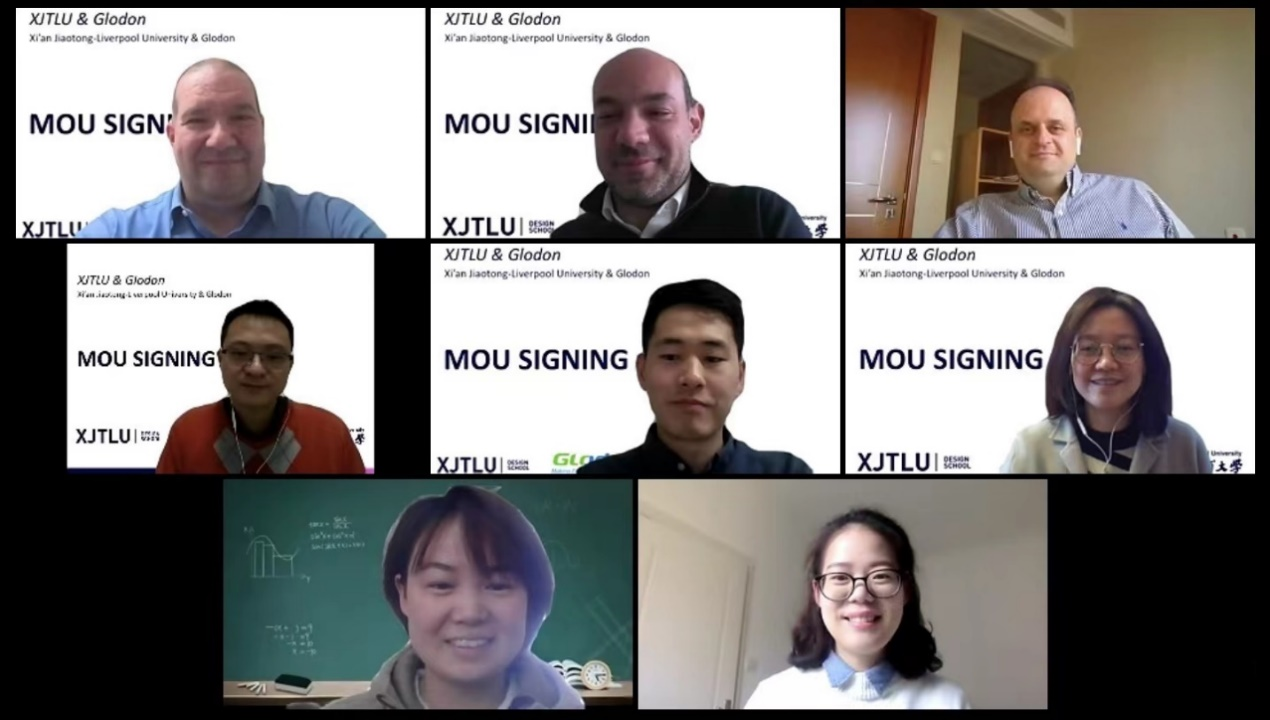Sep 30.2022
Glodon Leads Series of Talks on Digital Transformation in Built Environment at PAQS 2022
Pacific Association of Quantity Surveyors (PAQS) Congress was held in Singapore from the 9th to the 13th of September, with the main theme on Disruption and Transformation in the built environment. The theme of this congress aims to break out of the mould in the construction industry and to encourage the adoption of disruptive technologies to improve the sector.
Glodon has always been an active player in the digitalization of the construction industry and is a digital enabler in promoting the advancement of the quantity surveying profession. As a longtime partner of the Pacific Association of Quantity Surveyors, we hope to facilitate digital transformation in the sector in Southeast Asia.
Pierpaolo Franco, Glodon Vice President, shared his thoughts on digital transformation in the built environment with an angle on its impact on the quantity surveying profession as a keynote speaker. Our country product managers Jason Wong and Myke Ong also joined discussions as technical paper presenters with their 5D BIM expertise.

Adopting new technologies needs to go hand in hand
with transformative delivery. The old design-bid-build model may need to be
overhauled to take in emerging technologies such as virtual reality, blockchain, and artificial intelligence. This engenders changes in the way quantity
surveyors work, and some job redesign may be necessary. Built facilities that
are developed based on disruptive and transformative technologies also need to
be sustainable and give occupants a sense of wellness and liveability.
Franco said that by embracing? digital transformation , the construction sector will have immediate benefits: productivity improvement, cost reduction, risk mitigation, collaboration facilitation, and environmental sustainability.
But like any other industry, there are some challenges the construction sector faces in digitalisation; among them are cost, skill shortage, unclear demand from clients and stakeholders, lack of standards, and disciplinary silos.

He has also enlightened the audiences about the commonly used digital transformation technologies such as Building Information Modeling (BIM), Digital Twins, Artificial Intelligence (AI), Cloud Computing, Internet of Things (IoT), Robotics and Augmented Reality (AR), and Virtual Reality (VR).
Digital twins have been a trending topic for the past few years. According to him, Data, information, and information management process effectively contribute to developing, deploying, using, and updating a digital twin. The benefits of digital twins are enormous.
Benefits of digital twins during the design phase:
Using digital twins, the designers and engineers have an opportunity to model, simulate and conduct what-if scenarios to improve and optimise their design.
The design can be informed by data, information, and evidence received from various sources in a connected ecosystem. This can ensure tight coupling between the design, construction, and operation of built environment assets.
Benefits of digital twins during the handover phase:
Avoid missing information, difficulty assessing critical information, or tedious processes due to a lack of interoperability of systems.
Collates all the handover information into a cohesive information model that is easy to access, use, and update during the operation, maintenance, renewal, and end-of-life stages.
Promotes the best information management practices reduces risks and captures performance data and knowledge.
Myke Ong echoed the view, saying that BIM adoption in quantity surveying professionals is currently relatively low, construction companies are using applications that don't integrate with one another, and 96% of project data produced goes unused.
As he can see, a Holistic Digital Transformation Framework (HDTF) for cost management is needed. And h is three suggestions for companies that want to succeed in their digital journey are:
Identify the purpose, requirements, and deliverables.
Establish digital strategies and build digital culture.
Work together with a technological partner.
Jason Wong also believes digitalisation enhances the quantification processes, from?traditional method quantity take-off (QTO), and 2D measurement software to 5D BIM take-off.

Wong said, across different project types, it can be seen that BIM-QTO is achieving a notable amount of improvement in overall productivity and efficiency. This is also experienced by many quantity surveyors out there who have already started to utilise BIM-QTO in their daily work. Using BIM-QTO not only enhances individual quantity surveying work processes, but it is also encouraging more collaboration between people and makes work more interesting and easier to communicate.
More discussions from the congress were on disruptive technologies, transformative delivery, green and wellness, quantity surveying and cost management service transformation and answered some key questions:
With disruption and transformation, what are the new roles, job functions, and responsibilities of quantity surveyors?
What are the disruptions that the built environment sector is encountering?
What is the latest development in transformative delivery and new procurement systems?
What are the key features for buildings to be liveable?
Formed in 1997, the Pacific Association of Quantity Surveyors
is an international association of national organisations representing Quantity
Surveyors and Cost Engineers in the Asia and Pacific region. Members include
quantity surveying and cost engineering institutions from 15 countries and
cities.?













